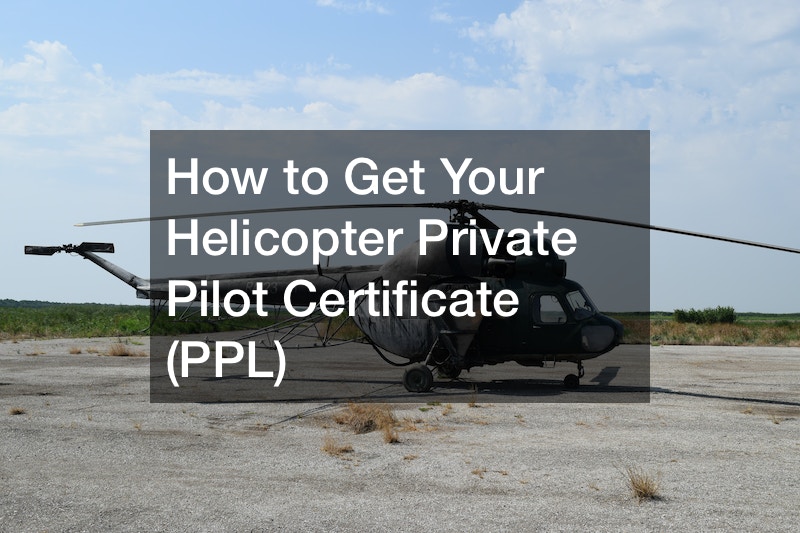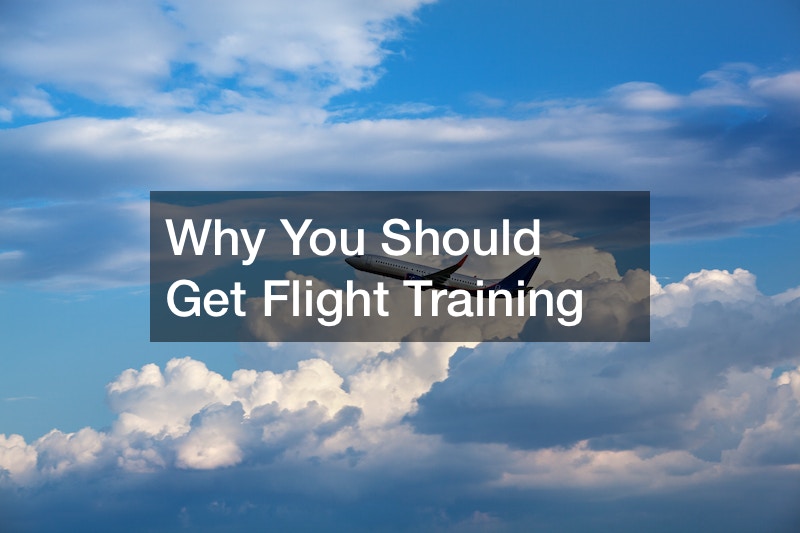
If you’ve ever dreamt of navigating the skies and relishing the freedom of flight, acquiring a Helicopter Private Pilot License (PPL) could be your ticket to airborne adventures. Here’s a comprehensive guide outlining the prerequisites, criteria, and potential considerations associated with this thrilling journey.
To commence your helicopter PPL pursuit, the initial step is obtaining a class three medical certificate from an approved aviation medical doctor. Financial preparedness is paramount as the entire process encompasses 45 hours of flight training and 40 hours of ground school, spanning approximately two and a half months for full-time participants.
Distinguishing itself from commercial licenses, the helicopter PPL is tailored for those who seek the joy of recreational flying. This license empowers individuals to explore the skies for personal enjoyment rather than professional gain.
The licensing journey involves a series of solo flight hours, a written examination, and a final flight test. The written exam, consisting of 100 multiple-choice questions, demands a minimum score of 60%. The flight test evaluates candidates against 30 flight exercises, each graded on a scale of one to four.
While the official requirement is 45 flight hours, practical wisdom suggests budgeting for around 60 hours for a more realistic and enriching experience.
For some enthusiasts, the journey extends beyond a PPL to acquire a Commercial Pilot License (CPL), enhancing safety, competency, and potentially offering tax benefits. The decision between a PPL and CPL hinges on individual goals, financial considerations, and the desire for a comprehensive flying experience.
Understanding the intricacies of the licensing process empowers aspiring aviators to make informed choices, ensuring a smooth and enjoyable journey through the skies.
.






